
Tranquil Beauty: Arashiyama, Kyoto
Discover the tranquil beauty of Arashiyama in Kyoto, Japan, featuring scenic bamboo groves, historic temples, and breathtaking natural landscapes.
Arashiyama is a picturesque district in the western outskirts of Kyoto, Japan. Known for its stunning natural beauty, Arashiyama offers a serene escape from the hustle and bustle of city life. The area is especially famous for its scenic bamboo groves, which provide a unique and mesmerizing experience as you walk through the towering stalks. The sound of the wind rustling through the bamboo leaves creates a calming atmosphere, perfect for relaxation and reflection. Another highlight of Arashiyama is the Togetsukyo Bridge, which spans the Katsura River. This iconic bridge offers breathtaking views of the surrounding mountains, especially during the cherry blossom season in spring and the vibrant foliage in autumn. Nearby, you can explore the historic Tenryu-ji Temple, a UNESCO World Heritage site, with its beautiful Zen garden and traditional Japanese architecture. For animal lovers, the Arashiyama Monkey Park Iwatayama is a must-visit. Here, you can interact with wild Japanese macaques and enjoy panoramic views of Kyoto from the hilltop. Additionally, the scenic Hozu River provides opportunities for boat rides and leisurely walks along its banks. Arashiyama is also home to charming shops and traditional tea houses, where you can savor local delicacies and purchase unique souvenirs.
Local tips in Arashiyama
- Visit early in the morning to avoid crowds and fully enjoy the tranquil atmosphere.
- Wear comfortable shoes as there is a lot of walking involved.
- Bring a camera to capture the stunning scenery, especially in the bamboo groves and during the cherry blossom season.
- Check the weather forecast and dress accordingly, as the area is primarily outdoors.
- Consider taking a boat ride on the Hozu River for a unique perspective of the landscape.
Tranquil Beauty: Arashiyama, Kyoto
Arashiyama is a picturesque district in the western outskirts of Kyoto, Japan. Known for its stunning natural beauty, Arashiyama offers a serene escape from the hustle and bustle of city life. The area is especially famous for its scenic bamboo groves, which provide a unique and mesmerizing experience as you walk through the towering stalks. The sound of the wind rustling through the bamboo leaves creates a calming atmosphere, perfect for relaxation and reflection. Another highlight of Arashiyama is the Togetsukyo Bridge, which spans the Katsura River. This iconic bridge offers breathtaking views of the surrounding mountains, especially during the cherry blossom season in spring and the vibrant foliage in autumn. Nearby, you can explore the historic Tenryu-ji Temple, a UNESCO World Heritage site, with its beautiful Zen garden and traditional Japanese architecture. For animal lovers, the Arashiyama Monkey Park Iwatayama is a must-visit. Here, you can interact with wild Japanese macaques and enjoy panoramic views of Kyoto from the hilltop. Additionally, the scenic Hozu River provides opportunities for boat rides and leisurely walks along its banks. Arashiyama is also home to charming shops and traditional tea houses, where you can savor local delicacies and purchase unique souvenirs.
Iconic landmarks you can’t miss
Tenryu-ji
Explore the serene beauty of Tenryu-ji, a UNESCO World Heritage site in Kyoto known for its stunning Zen gardens and rich cultural heritage.
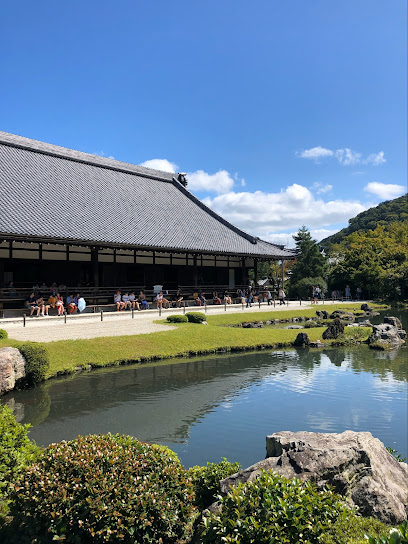
Arashiyama Monkey Park Iwatayama
Discover the magic of Arashiyama Monkey Park Iwatayama, where playful Japanese macaques roam free amidst breathtaking natural beauty.
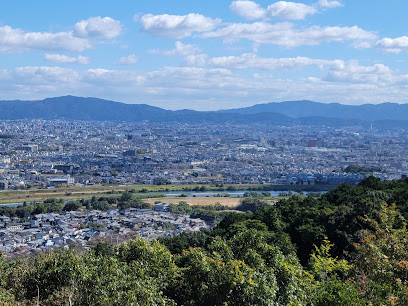
Arashiyama Bamboo Forest
Discover the serene beauty of Arashiyama Bamboo Forest, a tranquil escape in Kyoto's enchanting landscape, perfect for nature lovers and photographers alike.
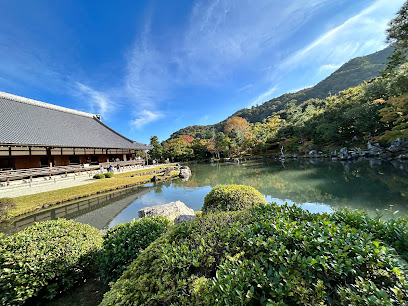
Arashiyama
Discover Arashiyama, Kyoto: A breathtaking blend of bamboo groves, historic temples, and serene landscapes perfect for any traveler.
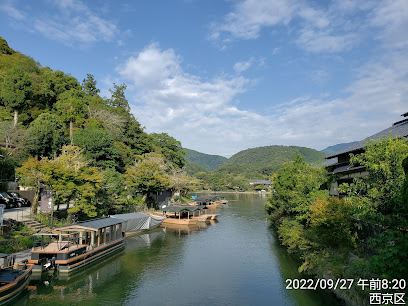
Arashiyama Park Nakanoshima Area
Explore the natural beauty and cultural richness of Arashiyama Park Nakanoshima Area, a serene oasis in the heart of Kyoto, Japan.
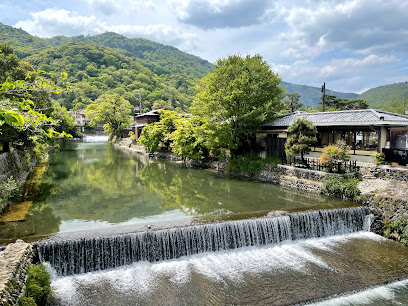
Jōjakkō-ji Temple
Discover the tranquil beauty of Jōjakkō-ji Temple in Kyoto, a serene escape into Japan's rich spiritual heritage and stunning natural surroundings.
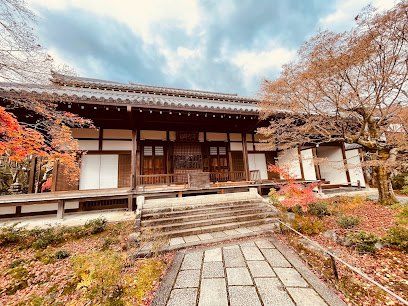
Kimono Forest
Experience the vibrant colors and cultural heritage of Japan at the Kimono Forest, a unique exhibit blending tradition with modern artistry in Kyoto.

Arashiyama Park Kameyama Area
Experience the tranquility of Arashiyama Park Kameyama Area in Kyoto, where nature meets culture amidst breathtaking landscapes.

Arashiyama Park Observation Deck
Experience the stunning vistas of Kyoto from the Arashiyama Park Observation Deck, a tranquil oasis perfect for nature lovers and photographers.
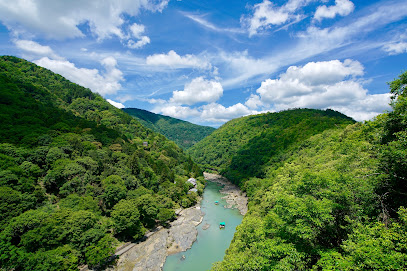
Rankyo Gorge
Immerse yourself in the breathtaking beauty of Rankyo Gorge, a must-visit scenic spot in Kyoto for nature lovers and tranquility seekers.
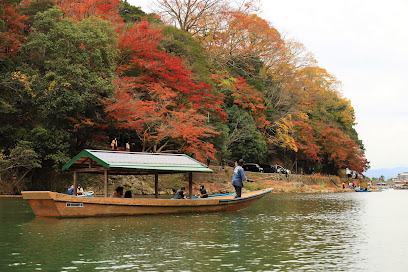
Unmissable attractions to see
Tenryu-ji
Explore Tenryu-ji, a UNESCO World Heritage Buddhist temple in Kyoto, where serene gardens and stunning architecture await every visitor.
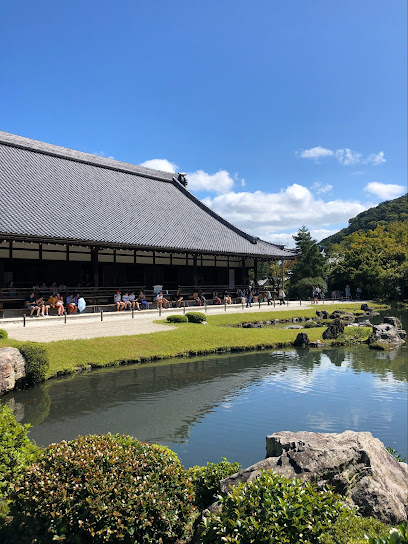
Arashiyama Monkey Park Iwatayama
Discover the playful world of wild macaques at Arashiyama Monkey Park Iwatayama, a unique animal park in Kyoto offering stunning views and unforgettable experiences.
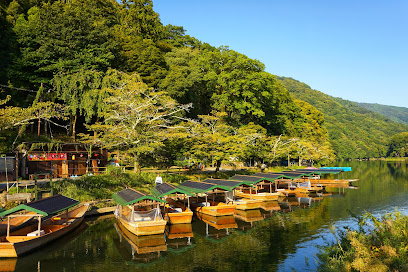
Arashiyama Bamboo Forest
Explore the serene beauty of Arashiyama Bamboo Forest, a breathtaking natural wonder in Kyoto, perfect for relaxation and photography.
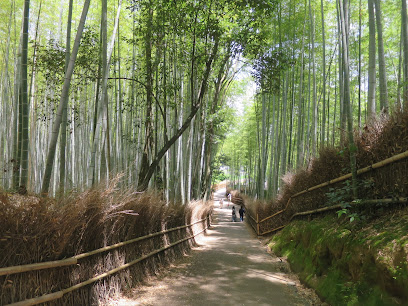
Arashiyama
Explore the beauty of Arashiyama, a breathtaking district in Kyoto known for its bamboo groves, temples, and stunning landscapes.
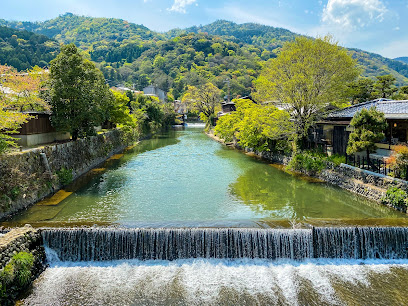
Arashiyama Park Nakanoshima Area
Explore the tranquil beauty and cultural richness of Arashiyama Park Nakanoshima Area in Kyoto, a perfect escape for nature lovers and history enthusiasts alike.
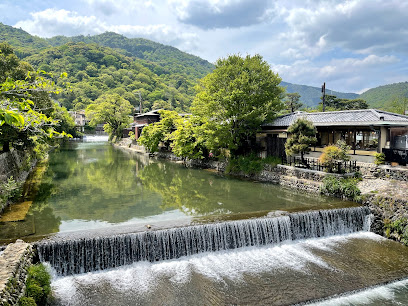
Jōjakkō-ji Temple
Jōjakkō-ji Temple: A Tranquil Buddhist Retreat in the Heart of Kyoto's Natural Beauty.
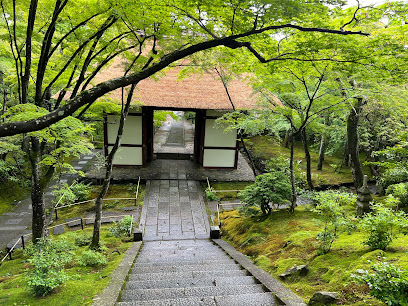
Kimono Forest
Discover the vibrant Kimono Forest in Kyoto, where over 600 colorful fabric pillars immerse you in the beauty of traditional Japanese textile art.
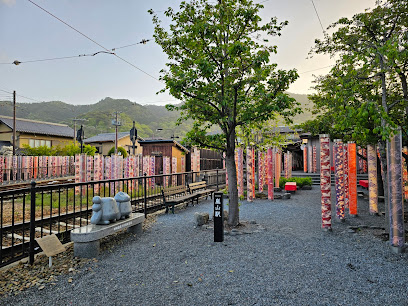
Arashiyama Park Kameyama Area
Discover the natural beauty and cultural heritage of Arashiyama Park Kameyama Area in Kyoto, a serene escape amidst stunning landscapes and rich history.
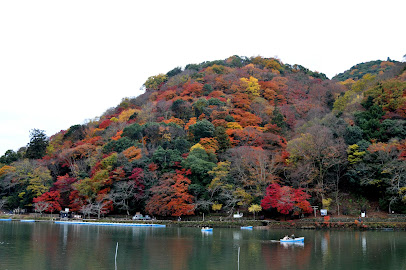
Arashiyama Park Observation Deck
Discover the stunning views and tranquil beauty of Arashiyama Park Observation Deck in Kyoto, a must-visit for nature enthusiasts.
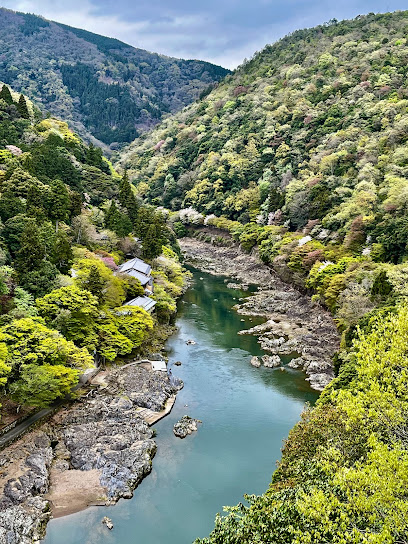
Rankyo Gorge
Explore the enchanting beauty of Rankyo Gorge, a serene escape in Kyoto with stunning landscapes, vibrant foliage, and tranquil waters.
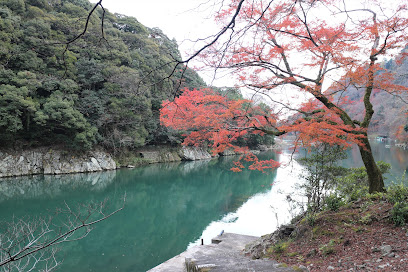
Essential places to dine
Arashiyama Yoshimura
Experience authentic Japanese cuisine at Arashiyama Yoshimura, a traditional soba noodle shop with stunning riverside views in Kyoto.
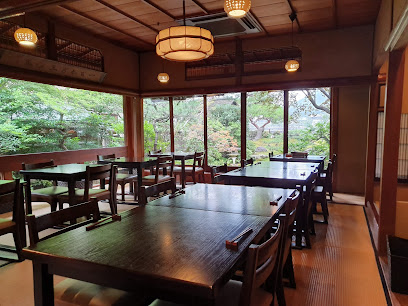
Kijurou
Experience authentic Japanese cuisine at Kijurou, where premium steak meets traditional yakiniku grilling in beautiful Kyoto.
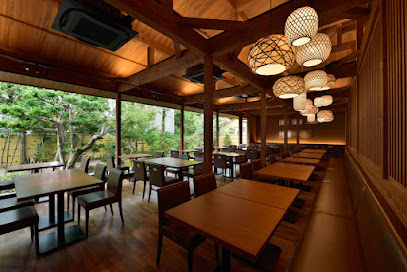
Arashiyama Curry
Experience the authentic taste of Japan at Arashiyama Curry – where delicious flavors meet serene surroundings.
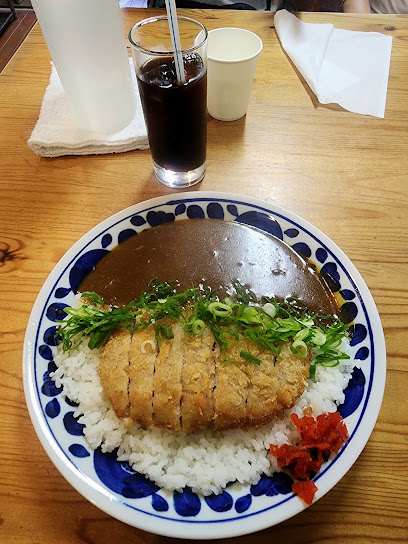
Kameyamaya
Discover the flavors of traditional Kyoto cuisine at Kameyamaya, where every dish tells a story.
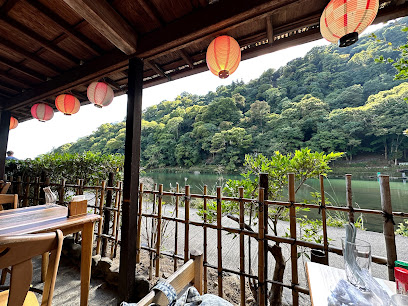
Akamanma
Discover Akamanma: A delightful fusion of Italian and local flavors nestled in the heart of Kyoto's culinary landscape.
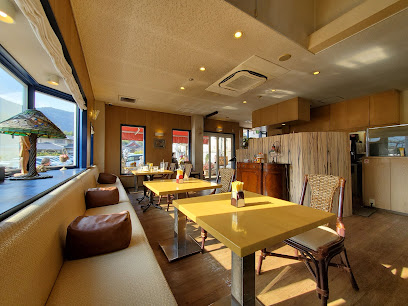
Le Bouchon T
Experience exquisite Western cuisine at Le Bouchon T in Kyoto's scenic Ukyo Ward - where culinary artistry meets tradition.

Kyoto Kitcho Arashiyama
Experience the art of kaiseki at Kyoto Kitcho Arashiyama - where tradition meets culinary excellence in breathtaking surroundings.
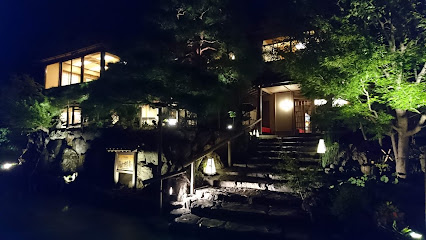
Arashiyama MITATE
Experience exquisite French dining in Kyoto's scenic Arashiyama district at Arashiyama MITATE.
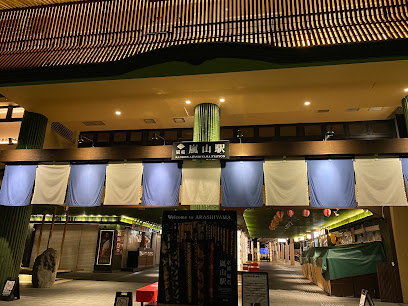
MUKU
Discover MUKU: A hidden gem in Arashiyama offering authentic Japanese breakfasts and lunches amidst stunning natural beauty.
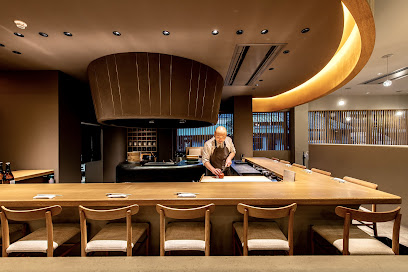
Arashiyama Sakura
Discover exquisite Japanese cuisine amidst breathtaking cherry blossoms at Arashiyama Sakura in Kyoto's enchanting landscape.
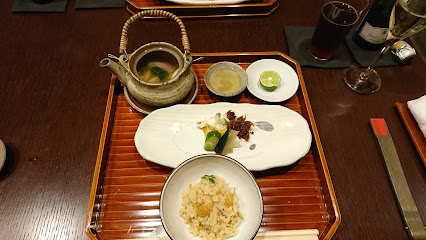
Markets, malls and hidden boutiques
% ARABICA Kyoto Arashiyama
Discover the serene beauty of Kyoto at % ARABICA, where exquisite coffee meets breathtaking landscapes in Arashiyama.
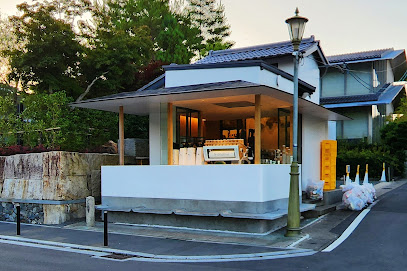
Arashiyama Shoryuen
Explore Arashiyama Shoryuen: a vibrant shopping mall in Kyoto featuring delightful food, unique souvenirs, and a taste of local culture.
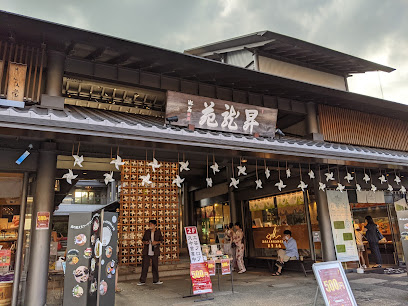
Kyoto Orgel-Dō Arashiyama
Explore the whimsical world of Kyoto Orgel-Dō Arashiyama, where handcrafted music boxes and charming toys bring joy and nostalgia to every visitor.
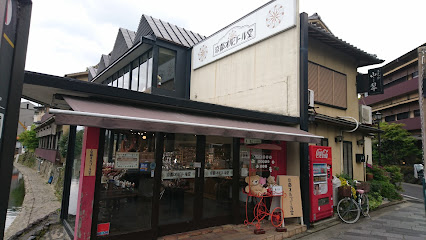
Snoopy Chocolat
Discover the magic of Snoopy Chocolat in Kyoto, where delightful chocolates meet whimsical souvenirs in a charming setting.
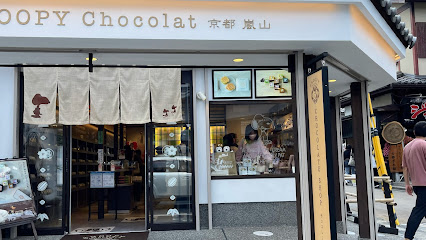
Burari Arashiyama
Explore Burari Arashiyama, a unique souvenir store in Kyoto, offering handcrafted treasures and local artisan goods that embody Japanese culture.
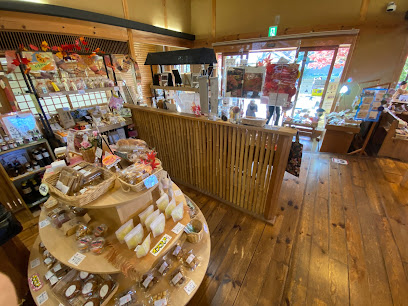
Kotouen
Discover the artistry of traditional Japanese ceramics at Kotouen, a captivating pottery store in the heart of Kyoto.

The Chiri-Men Craft Museum
Uncover the fascinating world of Chiri-Men textiles at The Chiri-Men Craft Museum in Kyoto, where art meets tradition and creativity flourishes.
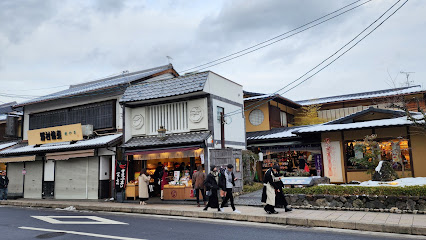
Akogareya
Explore the essence of Kyoto at Akogareya, where each souvenir tells a story of tradition and craftsmanship.

Natural Cocoon Souvenir Shop
Explore Kyoto's Natural Cocoon Souvenir Shop for unique handcrafted silk items that make perfect gifts and keepsakes.
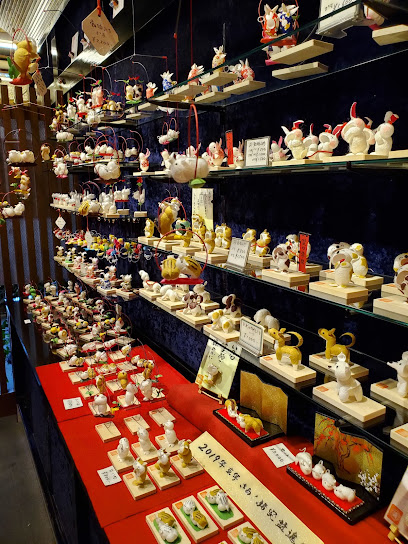
Rakuraku
Discover unique souvenirs and authentic gifts at Rakuraku, a charming store in Kyoto celebrating Japan's rich cultural heritage.

Essential bars & hidden hideouts
eX cafe Kyoto Arashiyama
Experience the perfect blend of traditional Japanese aesthetics and modern café culture at eX cafe in Arashiyama, Kyoto.
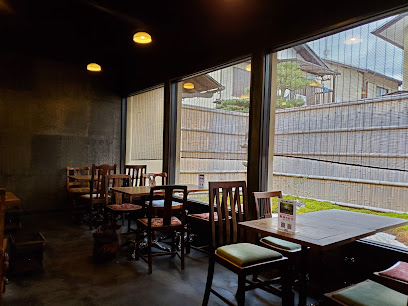
L'Escamoteur
Discover the magical world of L'Escamoteur, Kyoto's enchanting cocktail bar offering unique drinks and a whimsical atmosphere for every adventurer.

Kijurou
Discover the exquisite flavors of Japanese cuisine at Kijurou, an upscale steak and yakiniku restaurant in the heart of Kyoto.
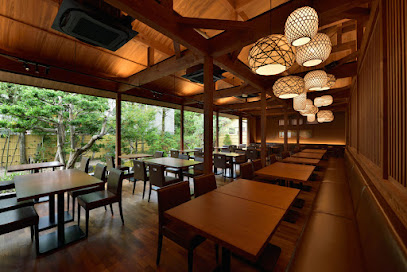
Arashiyama Nomura
Experience authentic Japanese cuisine at Arashiyama Nomura, where savory okonomiyaki and delightful desserts await in the beautiful Arashiyama district.
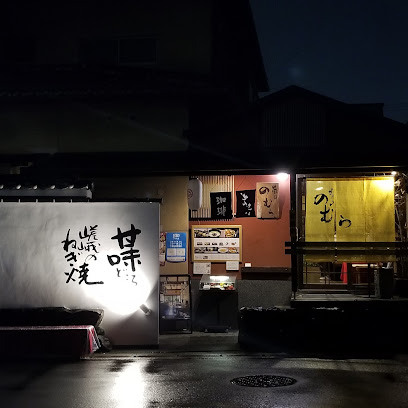
PIZZERIA MAMA
Discover Pizzeria Mama in Arashiyama for a unique blend of Italian pizza and Kyoto's fresh local ingredients.

MUKU
Experience the essence of Japanese cuisine at MUKU, a serene restaurant in Arashiyama offering exquisite breakfast and lunch options.
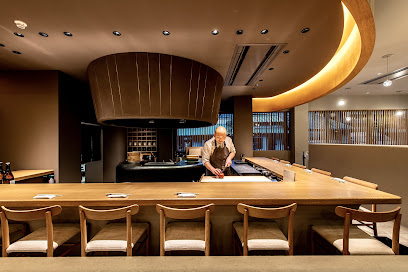
Nouvelle Japonaise Arashiyama
Savor traditional Japanese cuisine with a creative twist at Nouvelle Japonaise Arashiyama, a culinary gem in the heart of Kyoto.
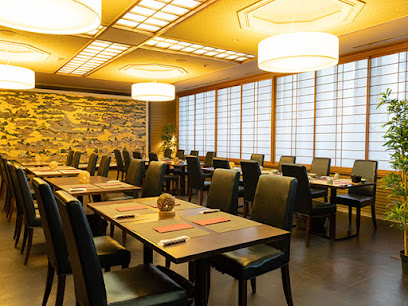
IXEY Non-Alcoholic Spirits Kyoto Distillery & Salon
Experience the artistry of non-alcoholic spirits at IXEY Distillery in Kyoto, a unique destination blending tradition with modern taste.
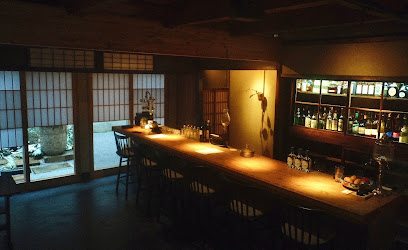
Bar G3
Discover Bar G3, a vibrant Kyoto bar blending traditional charm with a modern twist, perfect for an unforgettable night out.
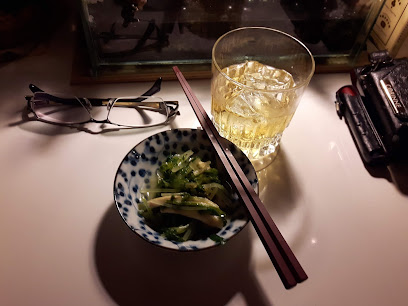
Aux Mines
Experience the unique blend of traditional and modern at Aux Mines, a hidden bar in Kyoto offering a curated selection of drinks and a cozy ambiance.
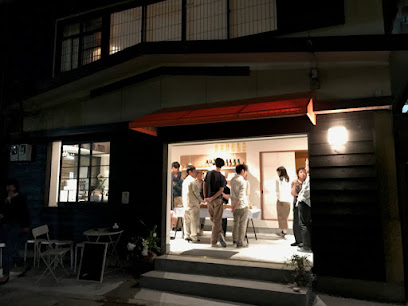
Local Phrases
-
- Helloこんにちは
[Konnichiwa] - Goodbyeさようなら
[Sayonara] - Yesはい
[Hai] - Noいいえ
[Iie] - Please/You're welcomeどうぞ
[Douzo] - Thank youありがとうございます
[Arigatou gozaimasu] - Excuse me/Sorryすみません
[Sumimasen] - How are you?お元気ですか?
[Ogenki desu ka?] - Fine. And you?元気です。あなたは?
[Genki desu. Anata wa?] - Do you speak English?英語を話せますか?
[Eigo o hanasemasu ka?] - I don't understandわかりません
[Wakarimasen]
- Helloこんにちは
-
- I'd like to see the menu, pleaseメニューを見せていただきたいです
[Menyuu o misete itadakitai desu] - I don't eat meat肉は食べません
[Niku wa tabemasen] - Cheers!乾杯!
[Kanpai!] - I would like to pay, pleaseお会計をお願いします
[Okaikei o onegaishimasu]
- I'd like to see the menu, pleaseメニューを見せていただきたいです
-
- Help!助けて!
[Tasukete!] - Go away!去って!
[Satte!] - Call the Police!警察を呼んで!
[Keisatsu o yonde!] - Call a doctor!医者を呼んで!
[Isha o yonde!] - I'm lost道に迷っています
[Michi ni mayotte imasu] - I'm ill具合が悪いです
[Guai ga warui desu]
- Help!助けて!
-
- I'd like to buy......を買いたいです
[... o kaitai desu] - I'm just looking見てるだけです
[Miteru dake desu] - How much is it?いくらですか?
[Ikura desu ka?] - That's too expensiveそれは高すぎます
[Sore wa takasugimasu] - Can you lower the price?値段を下げていただけますか?
[Nedan o sagete itadakemasu ka?]
- I'd like to buy......を買いたいです
-
- What time is it?今何時ですか?
[Ima nanji desu ka?] - It's one o'clock一時です
[Ichiji desu] - Half past (10)十時半です
[Juuji han desu] - Morning朝
[Asa] - Afternoon午後
[Gogo] - Evening夕方
[Yuugata] - Yesterday昨日
[Kinou] - Today今日
[Kyou] - Tomorrow明日
[Ashita] - 1一
[Ichi] - 2二
[Ni] - 3三
[San] - 4四
[Yon] - 5五
[Go] - 6六
[Roku] - 7七
[Nana] - 8八
[Hachi] - 9九
[Kyu] - 10十
[Juu]
- What time is it?今何時ですか?
-
- Where's a/the...?...はどこですか?
[... wa doko desu ka?] - What's the address?住所は何ですか?
[Juusho wa nan desu ka?] - Can you show me (on the map)?(地図で)見せていただけますか?
[(Chizu de) misete itadakemasu ka?] - When's the next (bus)?次の(バス)はいつですか?
[Tsugi no (basu) wa itsu desu ka?] - A ticket (to ....)(.... までの)切符
[(.... Made no) kippu]
- Where's a/the...?...はどこですか?
History of Arashiyama
-
Arashiyama, located on the western outskirts of Kyoto, has a history that dates back to the Heian period (794-1185). Originally a retreat for the aristocracy, it became a popular leisure destination, known for its scenic beauty and views of the Hozu River and surrounding mountains. The area's name, which means 'Storm Mountain,' reflects the natural landscape that captivated the early inhabitants.
-
During the Heian period, Arashiyama became a significant cultural hub. The aristocracy would visit the area for its stunning cherry blossoms in spring and vibrant maple leaves in autumn. The famous poet Matsuo Bashō also drew inspiration from Arashiyama, composing haiku that captured the essence of the seasonal beauty in the region.
-
In the late Heian period and into the Kamakura period (1185-1333), several notable temples and shrines were established in Arashiyama. The most famous, Tenryu-ji, was founded in 1339 and later designated a UNESCO World Heritage Site. This Zen temple not only served as a spiritual center but also played a critical role in the development of Japanese garden aesthetics, with its landscape gardens reflecting the harmony between nature and human design.
-
Throughout the Edo period (1603-1868), Arashiyama continued to flourish as an artistic and cultural center. It became a popular subject in ukiyo-e woodblock prints, showcasing its picturesque landscapes and seasonal beauty. Artists like Katsushika Hokusai and Utagawa Hiroshige depicted the iconic Togetsu-kyo Bridge and the surrounding scenery, immortalizing the area in art.
-
In the 20th century, Arashiyama emerged as a key tourist destination, blending its rich historical heritage with modern amenities. The establishment of the Arashiyama Bamboo Grove and the Iwatayama Monkey Park attracted visitors from around the world. Efforts have been made to preserve the cultural and natural heritage of Arashiyama, ensuring that its historical significance remains an integral part of Kyoto's identity.
Arashiyama Essentials
-
Arashiyama is easily accessible from various neighborhoods in Kyoto. From Kyoto Station, take the JR San-in Line to Saga-Arashiyama Station, which takes about 15 minutes. Alternatively, you can take the Hankyu Line from Kawaramachi Station to Arashiyama Station, a journey of approximately 25 minutes. Buses also serve the area, with several lines connecting to major attractions.
-
Arashiyama is a pedestrian-friendly neighborhood, making it easy to explore on foot. For those preferring not to walk, rental bicycles are available nearby, allowing for a more extensive exploration of the area. Local buses also serve various attractions, and the famous Arashiyama Scenic Railway offers a charming ride along the Hozu River.
-
Arashiyama is generally considered safe for tourists. However, standard travel precautions should be observed. Petty crimes like pickpocketing can occur, especially in crowded areas such as the Bamboo Grove and near popular temples. Always be vigilant about your belongings and avoid poorly lit areas at night.
-
In case of an emergency, dial 110 for police assistance and 119 for fire and medical emergencies. Local hospitals are equipped to handle various medical issues, and pharmacies are available for minor health needs. It’s advisable to have travel insurance that covers medical emergencies.
-
Fashion: Do dress modestly, especially when visiting temples. Avoid wearing revealing clothing. Religion: Do respect local customs and practices. Always remove shoes when entering a temple. Public Transport: Do be courteous and give up your seat to elderly passengers. Don't eat or drink on public transport. Greetings: Do bow slightly when greeting locals. Don't engage in overly loud conversations in public spaces. Eating & Drinking: Do try local specialties like yudofu (tofu hot pot). Don't waste food, as it is considered disrespectful.
-
To experience Arashiyama like a local, visit the small shops and eateries along the side streets, where you can taste homemade sweets and traditional snacks. Join a guided walking tour to learn more about the area's history and culture. Early mornings are the best time to visit popular sites like the Bamboo Grove to avoid crowds. Engage with local artisans and participate in workshops for a hands-on cultural experience.
-
When visiting temples and shrines, it is customary to bow slightly before entering. Photography may be restricted in certain areas, so always check for signs. Speak softly and maintain a respectful demeanor, especially in sacred spaces. If you are invited to a local's home, it is polite to bring a small gift, such as sweets or fruit.
-
The best times to visit Arashiyama are during spring (cherry blossom season) and autumn (fall foliage). During these peak seasons, the area can become quite crowded, so plan visits to major attractions early in the morning or late in the afternoon. Be sure to check local event calendars for festivals and traditional performances that showcase local culture.
Nearby Cities to Arashiyama
-
Things To Do in Osaka
-
Things To Do in Nara
-
Things To Do in Nagoya
-
Things To Do in Kanazawa
-
Things To Do in Hiroshima
-
Things To Do in Tokyo
-
Things To Do in Fukuoka
-
Things To Do in Ulsan
-
Things To Do in Pohang
-
Things To Do in Gyeongju
-
Things To Do in Busan
-
Things To Do in Andong
-
Things To Do in Daegu
-
Things To Do in Suncheon
-
Things To Do in Daejeon











